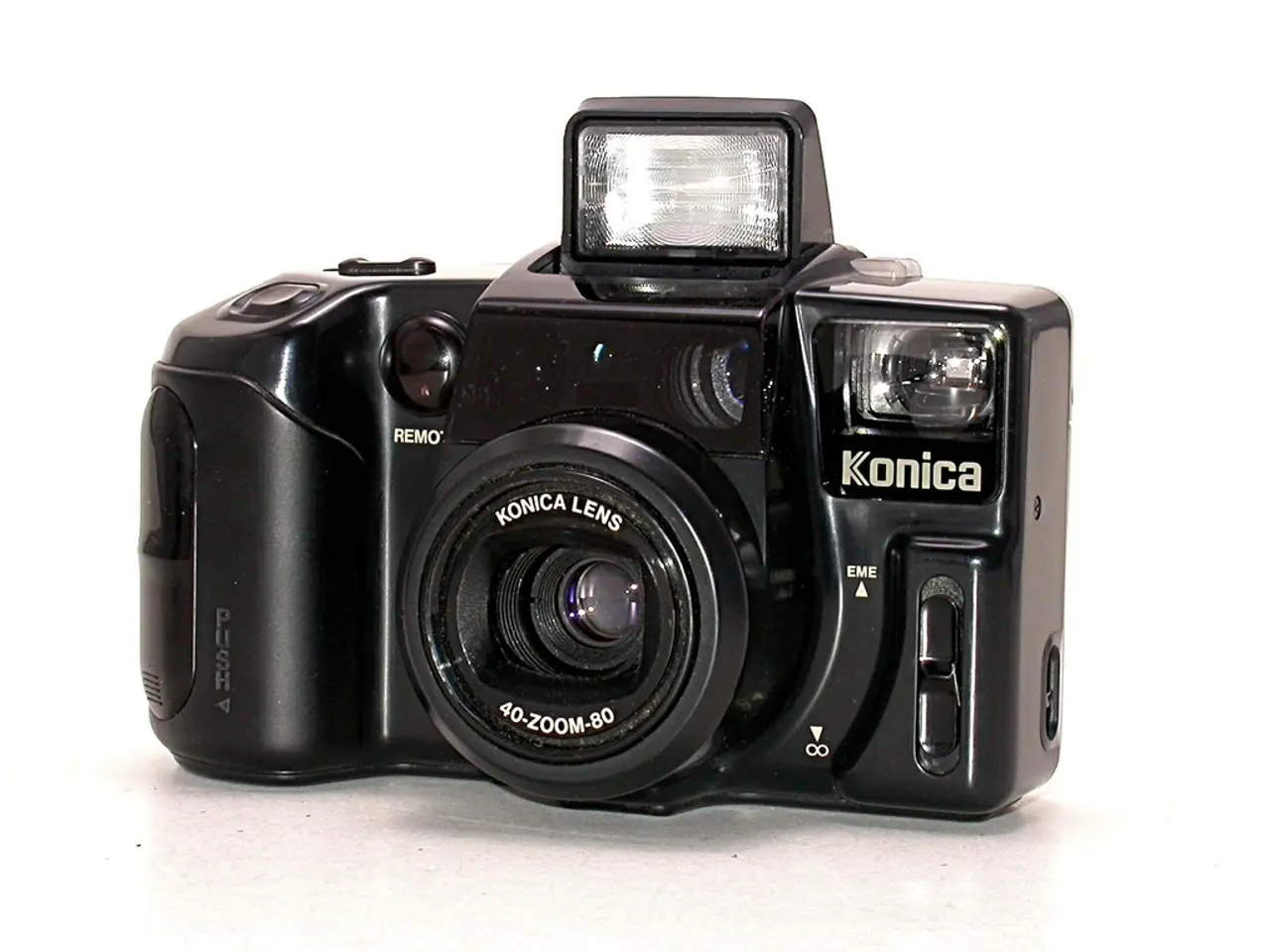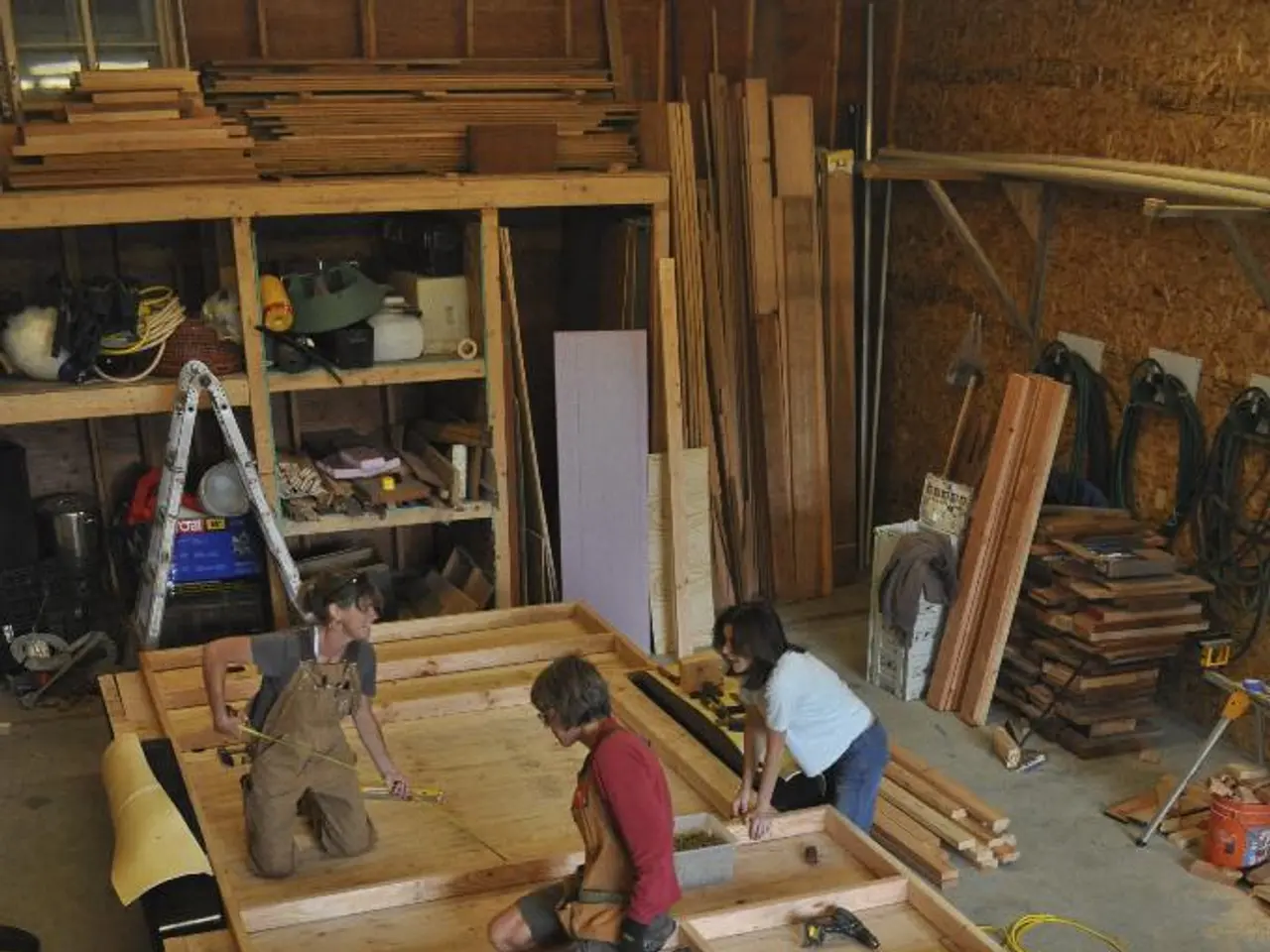Siemens Leading the Way: Transforming Manufacturing from Outdated Systems to Intelligent Factories for the Industry's Future Progression
Siemens, a global leader in technology, is revolutionizing manufacturing facilities by integrating legacy systems with modern digital technologies. This transformation is achieved through a multi-faceted approach that includes modernization, digital twin creation, and seamless IIoT connectivity.
The challenge of integrating legacy equipment is addressed by Siemens through lifecycle support and migration planning. They leverage AI and digital twin technologies to model and simulate existing brownfield factories, overcoming the reluctance to change legacy methodologies and handling complex, often undocumented interfaces between old and new systems.
Siemens' Totally Integrated Automation (TIA) Portal unifies PLCs, HMIs, SCADA, and drives for streamlined operations. Assets are connected via MindSphere, their industrial IoT platform, enabling real-time analytics and predictive maintenance. This comprehensive framework extends asset life, reduces operational risks, and enhances agility without disrupting existing workflows.
Siemens' Manufacturing Operations Management (MOM) solutions create a closed-loop digital thread connecting PLM, MES, ERP, and IIoT systems. This connection enhances visibility, compliance, and operational efficiency in real-time. The approach also includes cybersecurity frameworks tailored to protect these integrated systems and ensure regulatory compliance.
At Siemens RealizeLive 2025, key executives discussed trends shaping the industry and their impact on automation technologies. Dale Tutt, the vice president of industry strategy at Siemens Digital Industries Software, was among those in attendance. Rahul Garg, the vice president for industrial machinery and the SMB program at Siemens Digital Industries Software, also contributed to the discussions.
The transformation of manufacturing operations is not without challenges. Siemens executives discussed practical challenges manufacturers face when integrating legacy systems with modern digital technologies, including specific examples of 30-year-old systems with 60 custom interfaces.
Companies are not just using digital twins for basic modeling but to test entire machine lifecycles, from initial 2D design concepts through manufacturing processes. This is evident in the redesign of packaging machines for global use.
ZF, another industry player, highlights the need for sophisticated systems, investments, and good people in semiconductor production. They note that AI can assist but will not replace the need for experts. ZF also discusses two trends in manufacturing: increased product complexity requiring production process simplification and globalization with the aim of duplicating successful processes in other countries.
The trend of semiconductor production returning to America presents challenges and opportunities. Zvi Feuer, the senior vice president of digital manufacturing software and CEO of Siemens Digital Industries Software in Israel, acknowledges this shift and its implications.
In conclusion, Siemens' approach to integrating legacy systems with modern digital technologies is comprehensive and practical. It addresses the challenges posed by legacy equipment, leverages AI and digital twin technologies, and ensures cybersecurity. This transformation extends asset life, reduces operational risks, and enhances agility without disrupting existing workflows.
- To tackle the challenge of integrating legacy equipment, Siemens employs lifecycle support and migration planning, utilizing AI and digital twin technologies to model and simulate existing manufacturing facilities, thereby facilitating the seamless integration of old and new systems.
- Siemens' Manufacturing Operations Management (MOM) solutions forge a digital thread that links PLM, MES, ERP, and IIoT systems, creating greater visibility, efficiency, and compliance in real-time, while incorporating cybersecurity frameworks to ensure regulatory compliance and protect these integrated systems.
Read also:
- Guide for Novices on WebView Applications (2025): An Introduction
- Over 70 Sample Brand Guidelines, Illustrations, and Best Practices
- Optimizing Search Engine Rankings for Legal Professionals: (Guide for Enhancing Law Firm SEO)
- Virtual Reality Development Face-off: Unity versus Unreal - Detailed Expert Analysis




